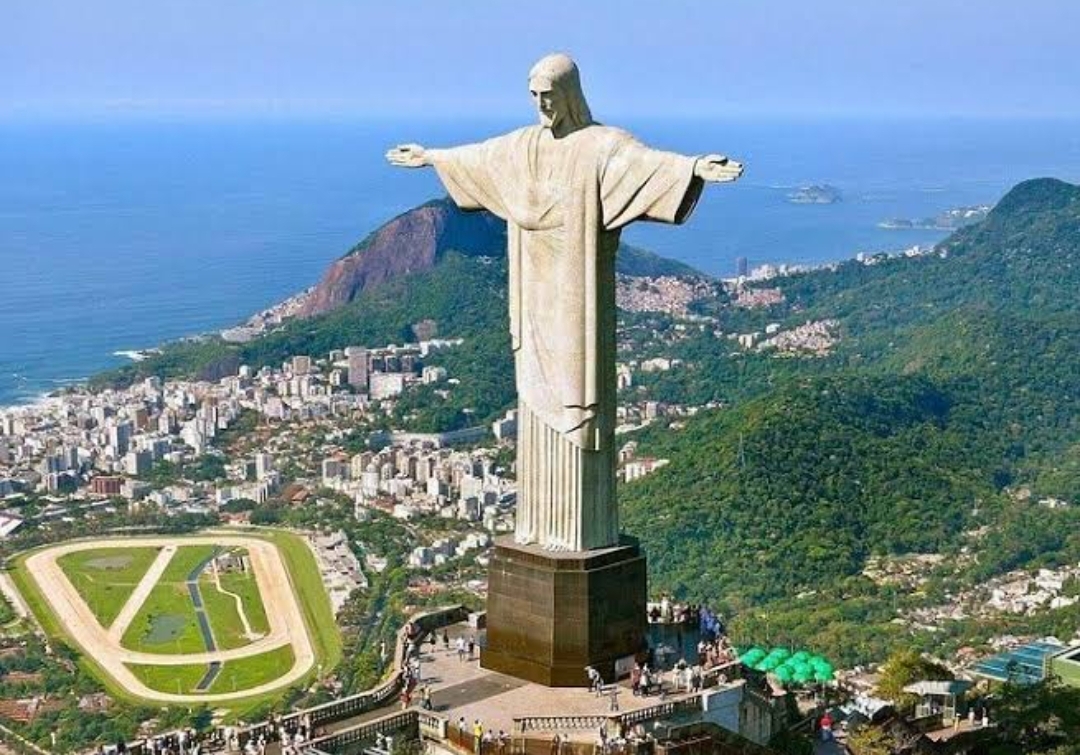The Best Places to Visit in Brazil: A Journey Through a Land of Vibrant Culture and Natural Wonders
Brazil, the largest country in South America, is a mesmerizing blend of natural beauty, vibrant culture, and rich history. From the pulsating rhythms of samba in Rio de Janeiro to the untouched wilderness of the Amazon rainforest, Brazil offers an unparalleled variety of experiences for travelers. Whether you’re drawn to golden beaches, lush jungles, colonial towns, or bustling metropolises, Brazil has something for everyone.
In this blog post, we’ll explore the best places to visit in Brazil, diving into their unique attractions, cultural significance, and tips for making the most of your trip. With over 1,000 words, this guide will inspire your next adventure to this captivating country.
1.Rio de Janeiro: The Marvelous City
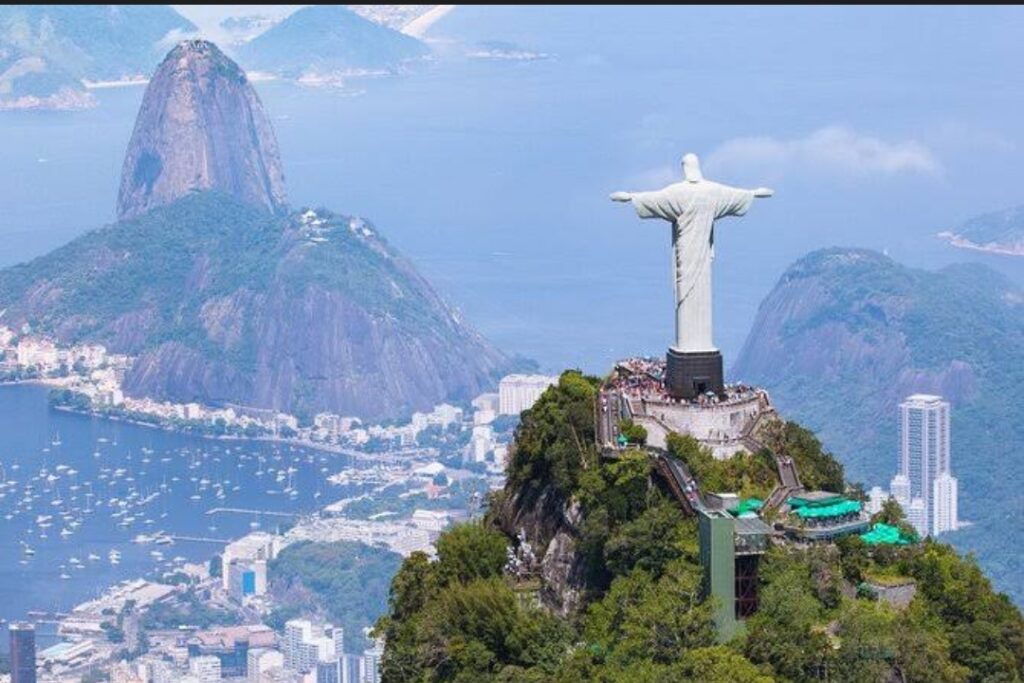
No trip to Brazil is complete without visiting Rio de Janeiro, often called Cidade Maravilhosa (The Marvelous City). Rio is synonymous with iconic landmarks, vibrant nightlife, and breathtaking landscapes.
Must see attractions :
Christ the Redeemer: Perched atop Corcovado Mountain, this 98-foot statue of Jesus Christ is one of the New Seven Wonders of the World. The panoramic views of Rio’s coastline, Sugarloaf Mountain, and the city below are unforgettable. Take the cogwheel train through Tijuca National Park for a scenic ride to the top.
- Copacabana and Ipanema Beaches: These world-famous beaches are perfect for sunbathing, people-watching, and sipping caipirinhas (Brazil’s national cocktail). Copacabana’s lively atmosphere contrasts with Ipanema’s more upscale vibe, immortalized by the bossa nova song The Girl from Ipanema.
- Sugarloaf Mountain: Ride the cable car to the summit for stunning sunset views. The 360-degree vista of Guanabara Bay and the city skyline is a photographer’s dream.
- Santa Teresa: This bohemian neighborhood is filled with colorful colonial mansions, art galleries, and quirky cafes. Don’t miss the Selarón Steps, a vibrant mosaic staircase created by artist Jorge Selarón.
- Cultural Highlights: Rio is the heart of Brazil’s carnival, a world-famous festival of samba, costumes, and street parties held annually before Lent. Even outside carnival season, you can catch samba shows at local clubs or visit samba schools to learn about this cultural tradition.
- Tips: Stay in Copacabana or Ipanema for easy beach access. Be mindful of your belongings in crowded areas, and book Christ the Redeemer tickets in advance to avoid long lines. Visit during the shoulder seasons (April-May or September-October) for pleasant weather and fewer crowds.
2. The Amazon Rainforest: Nature’s Masterpiece

The Amazon, often called the “lungs of the Earth,” covers roughly 40% of Brazil and is one of the most biodiverse regions on the planet. Exploring the Amazon is a bucket-list experience for nature lovers and adventure seekers.
Must see attractions:
- Manaus: The gateway to the Amazon, Manaus is a bustling city with a fascinating history as a rubber boom hub. Visit the Teatro Amazonas, a lavish 19th-century opera house, and the Mercado Adolpho Lisboa for local crafts and food.
- Amazon River Cruises: Multi-day boat trips allow you to explore the river’s tributaries, spot pink river dolphins, and visit indigenous communities. Some cruises offer luxury accommodations, while others provide rustic jungle lodges.
- Anavilhanas Archipelago: This collection of over 400 islands in the Rio Negro is a UNESCO World Heritage Site. Kayak through flooded forests, hike jungle trails, or swim in crystal-clear waters.
- Meeting of the Waters: Near Manaus, witness the striking confluence of the dark Rio Negro and the muddy Amazon River, where the two waters run side by side without mixing.
- Cultural Highlights: The Amazon is home to indigenous tribes whose traditions and knowledge of the forest are profound. Respectful visits to communities offer insights into their way of life, from traditional fishing to medicinal plant use.
- Tips: Book a guided tour with a reputable operator for safety and environmental responsibility. Pack lightweight, long-sleeved clothing, insect repellent, and sturdy shoes. The dry season (June to November) is ideal for hiking and wildlife spotting, while the wet season (December to May) offers higher water levels for river exploration.
3. Salvador: The Soul of Afro-Brazilian Culture
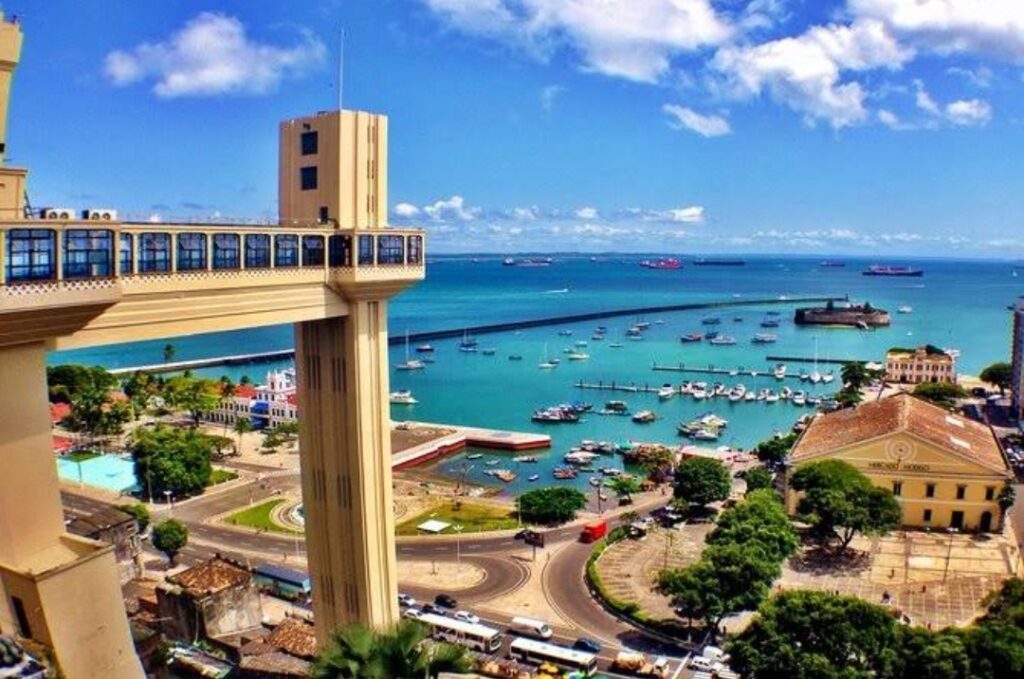
Salvador, the capital of Bahia, is Brazil’s Afro-Brazilian heart, where African heritage blends seamlessly with Portuguese colonial influences. Its vibrant music, colorful architecture, and spicy cuisine make it a cultural gem.
Must see attractions:
- Pelourinho: This UNESCO-listed historic district is a maze of cobblestone streets lined with pastel-colored colonial buildings. Visit the São Francisco Church, known for its ornate gold interior, and the Afro-Brazilian Museum for insights into the region’s heritage.
- Elevador Lacerda: This iconic art deco elevator connects the upper and lower parts of the city, offering stunning views of the All Saints’ Bay.
- Praia do Forte: A short drive from Salvador, this beach town is known for its clear waters and the Tamar Project, a sea turtle conservation initiative.
- Cultural Highlights: Salvador is the birthplace of capoeira, a martial art-dance fusion, and candomblé, an Afro-Brazilian religion. Catch live music performances of axé or samba-reggae in Pelourinho’s squares, especially during the vibrant Carnival, which rivals Rio’s in energy.
- Tips: Try local dishes like acarajé (fried bean fritters with shrimp) and moqueca (seafood stew). Stay in Pelourinho or Barra for proximity to attractions. Be cautious at night in less touristy areas and respect local customs when visiting religious sites.
4. Iguaçu Falls: Nature’s Grand Spectacle
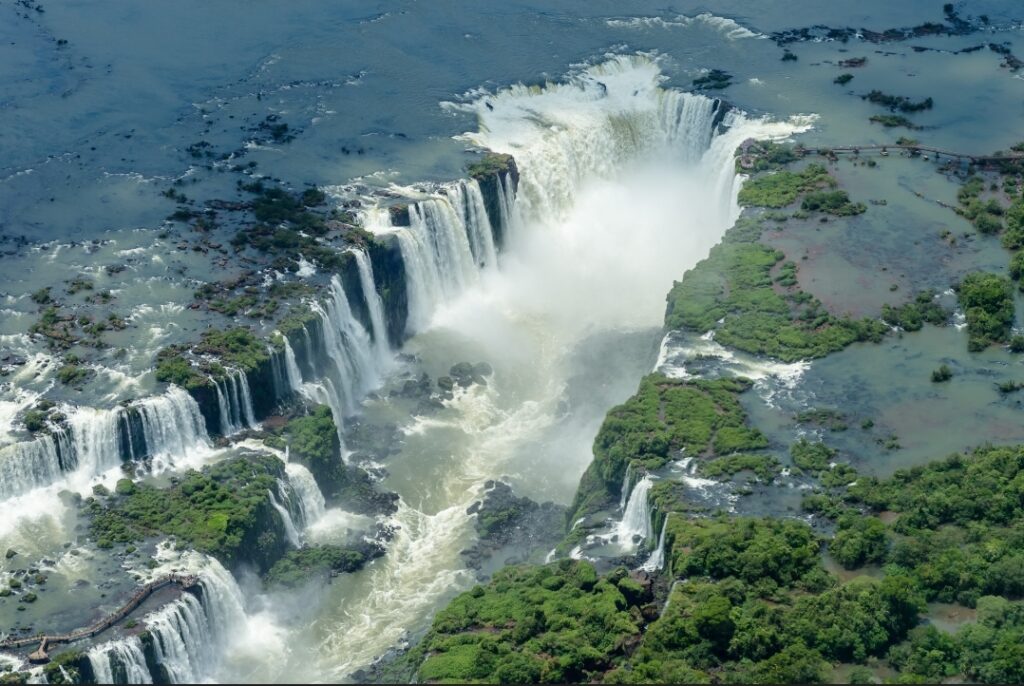
Straddling the border of Brazil and Argentina, Iguaçu Falls is one of the world’s most awe-inspiring natural wonders. The falls consist of 275 individual cascades spread over nearly two miles, dwarfing Niagara Falls in scale.
Must see attractions
- Iguaçu National Park: A UNESCO World Heritage Site, this park offers well-maintained trails and boardwalks to view the falls. The Devil’s Throat, the largest cascade, is a highlight accessible via a scenic walkway.
- Boat Tours: For an adrenaline rush, take a speedboat tour under the falls, getting soaked while marveling at their power.
- Bird Park: Near the falls, Parque das Aves is home to colorful macaws, toucans, and other native species, offering a chance to learn about Brazil’s wildlife.
- Cultural Highlights: The region is a melting pot of Brazilian, Argentine, and Paraguayan influences. Visit the nearby Triple Frontier, where the borders of the three countries meet, for a unique cultural experience.
- Tips: Stay in Foz do Iguaçu for easy park access. Visit early in the morning to avoid crowds. Bring a raincoat or quick-dry clothing, as mist from the falls can soak you. The Argentine side offers different perspectives, so consider a day trip if time allows.
5. Florianópolis: Island Paradise
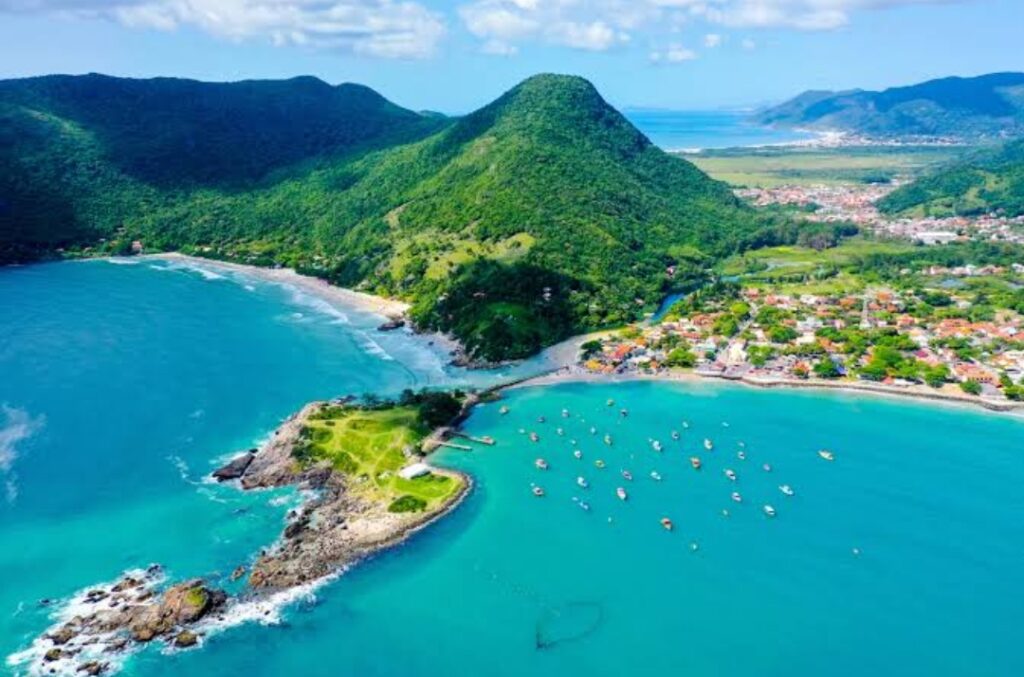
Florianópolis, the capital of Santa Catarina, is a laid-back island city known for its stunning beaches, surf culture, and charming fishing villages. It’s a perfect blend of relaxation and adventure.
Must see attractions:
- Praia da Joaquina: A surfer’s paradise, this beach is famous for its waves and sandboarding on nearby dunes.
- Lagoa da Conceição: This lagoon is a hub for water sports, nightlife, and waterfront dining. Rent a stand-up paddleboard or kayak to explore its calm waters.
- Santo Antônio de Lisboa: A historic fishing village with cobblestone streets and excellent seafood restaurants serving dishes like sequência de camarão (shrimp platters).
- Cultural Highlights: Florianópolis has a strong Azorean heritage, reflected in its architecture and festivals. The island’s relaxed vibe contrasts with Brazil’s busier cities, making it a favorite for domestic travelers.
- Tips: Rent a car to explore the island’s 42 beaches. The southern beaches like Campeche are quieter, while the north (e.g., Jurerê Internacional) is livelier. Visit between December and March for warm beach weather.
6. Ouro Preto: A Step Back in Time
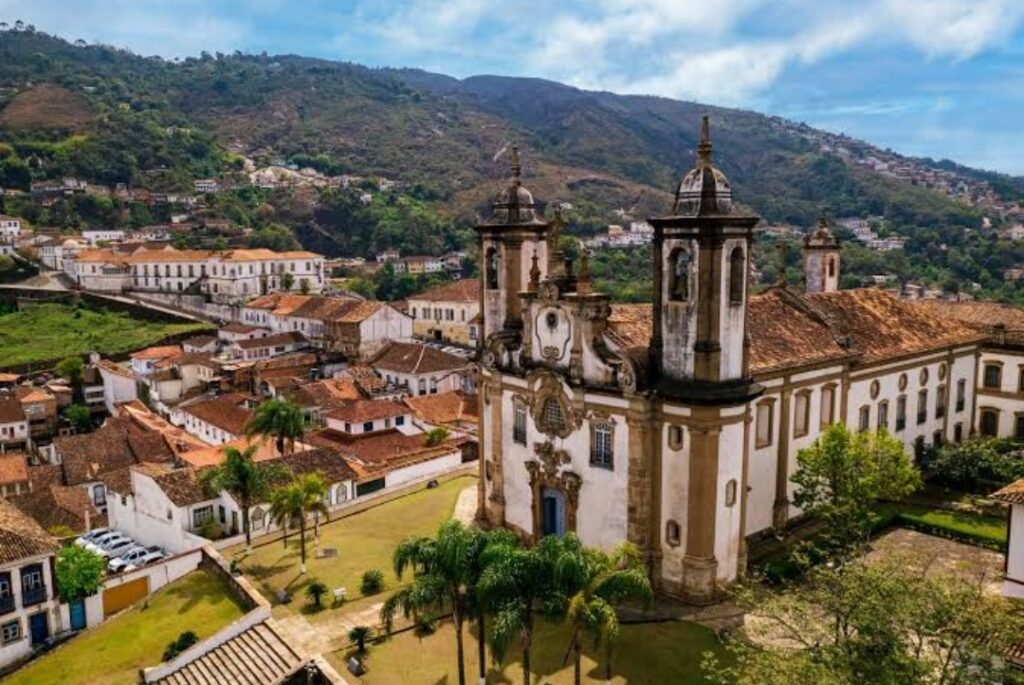
Ouro Preto, in Minas Gerais, is a UNESCO World Heritage Site and one of Brazil’s best-preserved colonial towns. Its cobblestone streets and baroque architecture transport visitors to the 18th-century gold rush era.
Must see attractions;
- Praça Tiradentes: The town’s central square is surrounded by historic buildings, including the Museum of the Inconfidência, which details Brazil’s independence movement.
- Church of São Francisco de Assis: This baroque masterpiece, designed by sculptor Aleijadinho, is a highlight of Brazilian colonial art.
- Gold Mines: Tour the Mina do Chico Rei, a former gold mine, to learn about the region’s history and the role of enslaved Africans.
- Cultural Highlights: Ouro Preto’s Holy Week celebrations feature elaborate processions and street decorations. The town’s vibrant student population adds a lively atmosphere to its historic charm.
- Tips: Wear comfortable shoes for the hilly, uneven streets. Stay in a pousada (guesthouse) for an authentic experience. Combine a visit with nearby Mariana for more colonial history.
Brazil’s diversity is its greatest asset, offering travelers a chance to explore everything from urban jungles to actual rainforests. Whether you’re dancing samba in Rio, cruising the Amazon, or marveling at Iguaçu Falls, each destination reveals a unique facet of this vibrant country. Plan your itinerary based on your interests beaches, culture, history, or nature and immerse yourself in Brazil’s infectious energy. With careful planning and an open heart, your Brazilian adventure will be a journey of a lifetime.

